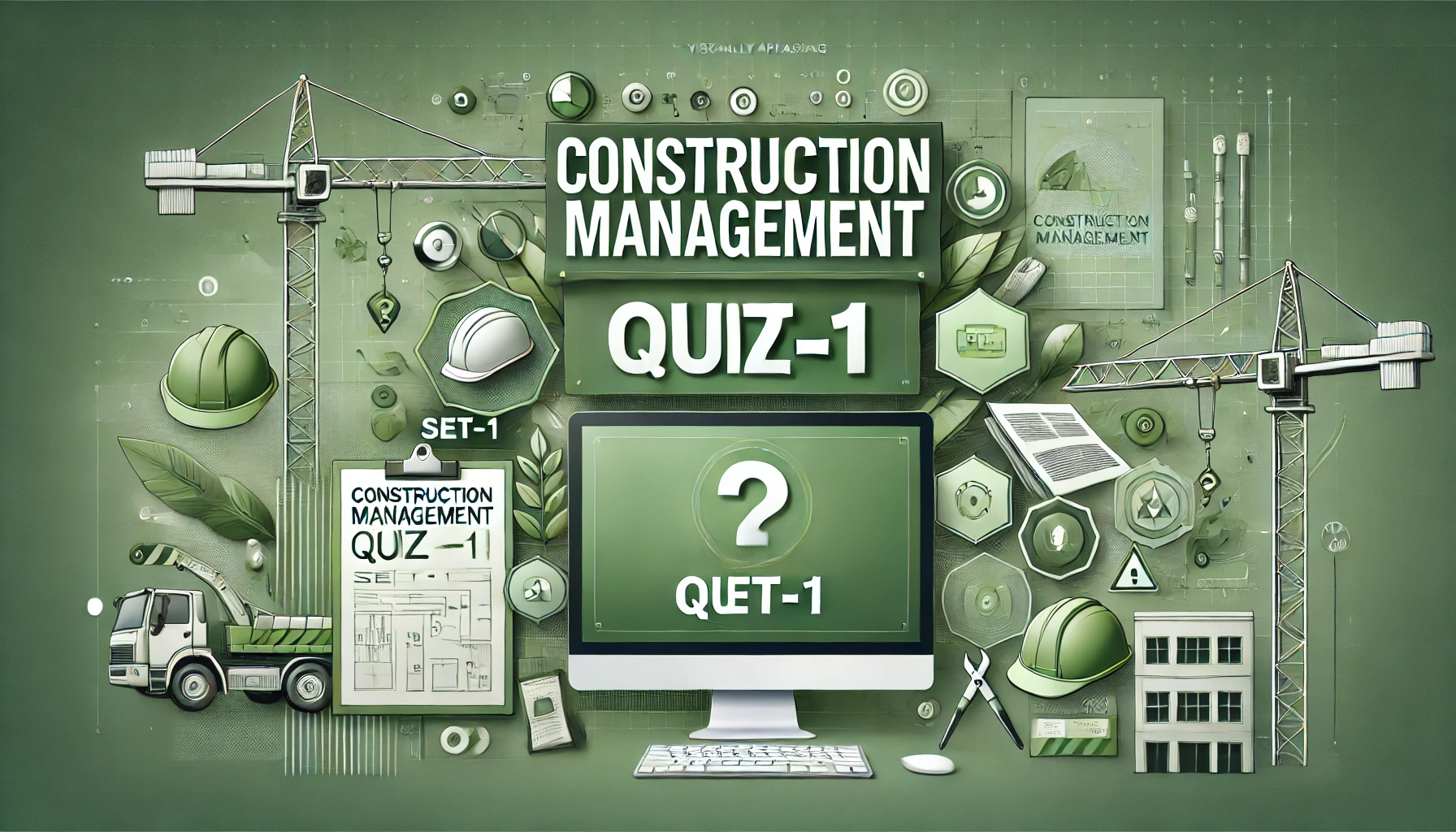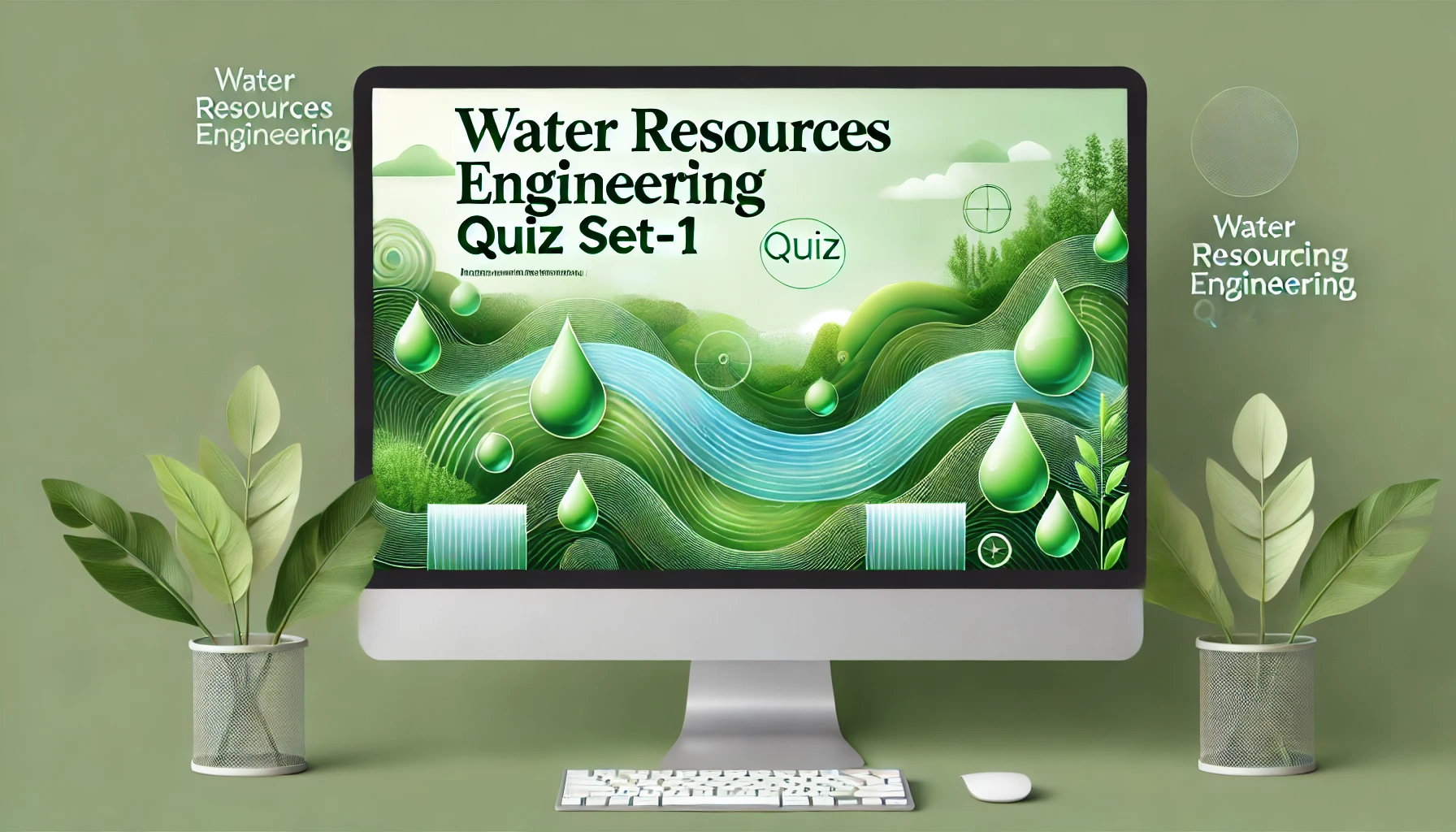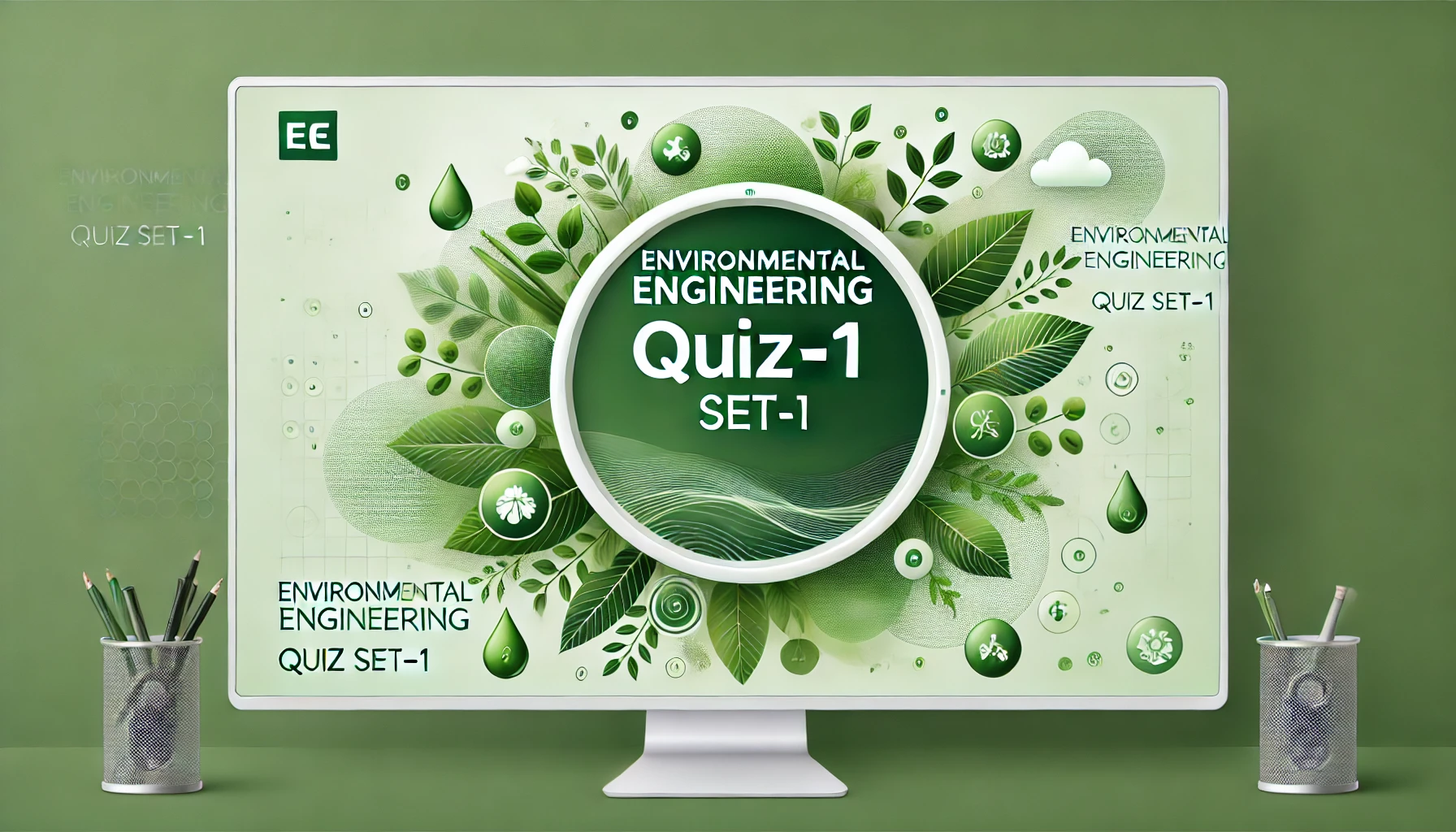12 Best Business Ideas for Land Surveyors in 2025
As the demand for geospatial data, infrastructure development, and real estate continues to rise, land surveyors are uniquely positioned to explore new business opportunities. If you’re a licensed land surveyor or a professional in geomatics, 2025 is the perfect year to expand your career by starting a niche business. In this blog, we explore the 12 best business ideas for land surveyors in 2025—each offering profitability, growth, and impact. 12 Best Business Ideas for Land Surveyors 1. Drone Surveying Services In 2025, one of the most transformative business opportunities for land surveyors is offering drone surveying services. With advancements in UAV (Unmanned Aerial Vehicle) technology and affordable high-resolution sensors, drone surveying is revolutionizing the way spatial data is collected, analyzed, and delivered. What is Drone Surveying? Drone surveying involves using drones equipped with cameras, LiDAR, or thermal sensors to capture aerial data of land, construction sites, farms, and urban areas. This data is then processed into: Orthomosaic maps Topographic contour lines 3D terrain models Point clouds Volumetric analysis reports These outputs provide clients with highly accurate geospatial information faster than traditional surveying methods. 💡 Services You Can Offer: Aerial Mapping & 3D Modeling Construction Progress Monitoring Topographic & Contour Mapping Volume Measurements (e.g., stockpiles, earthworks) Crop Health Analysis for Precision Farming Roof Inspection & Asset Monitoring Disaster Assessment & Urban Planning 💰 Why It’s Profitable in 2025: Low Operating Cost After Initial SetupOnce you invest in a reliable drone, RTK GPS, and photogrammetry software (like Pix4D or DroneDeploy), the cost per project is minimal—especially when compared to traditional ground surveying. Fast & Scalable Data CollectionDrones can cover large and hard-to-access areas in a fraction of the time. This speed means more projects completed in less time, increasing your monthly revenue potential. Multi-Industry Demand Construction companies need accurate volume and layout analysis. Agricultural businesses want better crop monitoring and irrigation planning. Real estate developers need marketing visuals and land planning maps. Mining operations require regular volumetric updates and safety surveys. Legal & Regulatory ChangesMany countries have now defined clear drone regulations, making it easier for professionals to obtain drone licenses and insurance—giving surveyors more confidence to enter the market. 🛠 Recommended Tools: DJI Phantom 4 RTK / Mavic 3 Enterprise Pix4D / DroneDeploy / Agisoft Metashape Global Mapper / AutoCAD Civil 3D Trimble Business Center (TBC) 2. GIS Consulting Firm As our world becomes more data-driven and interconnected, the need for location-based insights has never been greater. Geographic Information Systems (GIS) lie at the heart of this transformation. If you’re skilled in spatial data analysis, cartography, or remote sensing, starting a GIS consulting firm in 2025 can be an exceptionally rewarding business. What is a GIS Consulting Firm? A GIS consulting business provides customized geospatial solutions to clients across various industries. This includes: Data acquisition and integration Spatial analysis and modeling Interactive mapping and dashboards Geodatabase design Decision support systems GIS consultants work closely with clients to solve complex problems using spatial intelligence. 💡 Services You Can Offer: Urban Planning & Zoning Analysis Environmental Impact Assessments Utility & Infrastructure Mapping Transport Network Optimization Disaster Risk Mapping Agricultural Land Use Planning Retail & Market Location Analysis GIS Training & Capacity Building 💰 Why It Works in 2025: Exploding Demand for Spatial IntelligenceGovernments, NGOs, and private companies are investing heavily in smart cities, infrastructure planning, and climate change adaptation, all of which require geospatial expertise. Applicable Across Diverse SectorsYour GIS skills are valuable in: Transportation & logistics Environmental science Utilities (electricity, water, gas) Healthcare (disease mapping, service access) Disaster management & response Flexible Business ModelYou can work on a project basis, offer retainer contracts, or even launch subscription-based GIS dashboards. This gives you the freedom to scale based on your team size and specialization. Low Overhead, High ImpactAll you need is a powerful computer, software licenses, and domain knowledge. You can even start from home with minimal startup costs. 🛠 Recommended Tools & Skills: Software: ArcGIS Pro, QGIS, PostGIS, Mapbox, Google Earth Engine Skills: Spatial analysis, remote sensing, cartography, Python/R scripting Platforms: ArcGIS Online, Leaflet, GeoServer, Power BI for geospatial dashboards 3. Land Subdivision Planning As urbanization accelerates and demand for real estate grows, landowners and developers are increasingly seeking to divide large parcels of land into smaller, marketable plots. This is where land subdivision planning becomes a crucial and highly specialized service—perfect for licensed land surveyors and professionals with knowledge of property laws and land development. What is Land Subdivision Planning? Land subdivision is the process of dividing a single parcel of land into multiple lots that can be sold, leased, or developed independently. This involves: Surveying and boundary demarcation Layout and design of streets, access roads, and utilities Zoning compliance and legal documentation Approval from local authorities and municipal bodies As a land surveyor, you’ll work closely with developers, property owners, architects, engineers, and local governments to create compliant and economically viable subdivision plans. 💼 Services You Can Offer: Topographic Survey & Boundary Mapping Subdivision Layout Planning Legal Plotting and Registration Road Access and Drainage Planning Zoning & Building Code Compliance Coordination with Urban Planners & Engineers 💰 Why It’s a Smart Business Idea in 2025: High Demand in Growing Urban & Suburban AreasWith rapid expansion in cities and towns, there’s a significant need for subdividing land for residential, commercial, and mixed-use development. Essential for Real Estate DevelopmentDevelopers can’t legally sell or build on subdivided land without proper survey plans and regulatory approvals—making your role indispensable. Lucrative Project-Based FeesSubdivision planning is a high-value service, often billed on a per-project basis. Large subdivision projects can bring in steady income and repeat business from real estate firms. Requires Specialized Knowledge (Less Competition)Because this field demands an understanding of municipal laws, civil engineering, and surveying precision, there’s less competition and higher perceived value for your services. 📍 Ideal Clients: Real Estate Developers Private Landowners Construction Companies Government Land Development Agencies Housing Cooperatives & Builders 🛠 Recommended Tools: AutoCAD Civil 3D – for designing plots, roads, and grading plans GIS Software (ArcGIS/QGIS) – for … Read more







